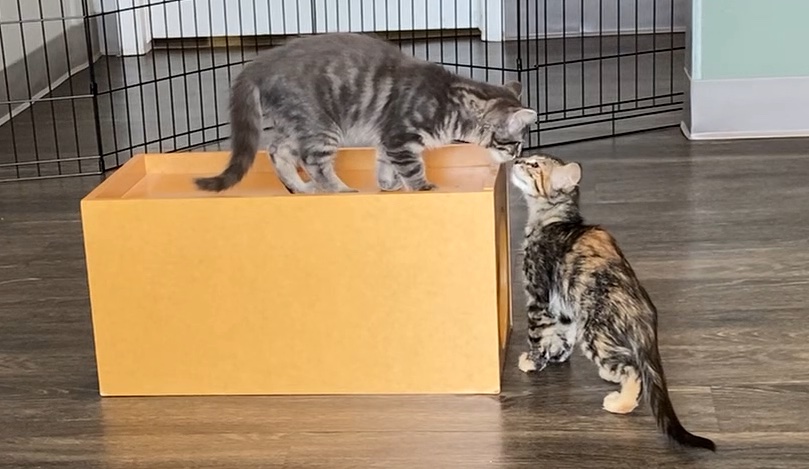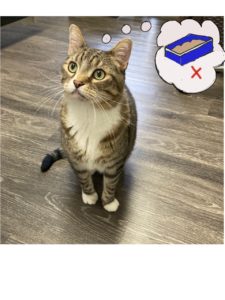
When your cat thinks outside the box, it may be due to medical, environmental or social issues or a combination of these. In the two previous posts, we considered some of the medical and environmental issues that can give rise to house-soiling. When your cat thinks outside the box, we must also consider his social environment: are his interactions with people and other pets positive?
When your cat thinks outside the box: the social environment
People and pets other than cats
Positive and predictable interactions with people are a key element of a healthy feline environment. Our cats should expect that we will:
- allow them to choose whether or not to interact with us
- pay attention to their body language
- handle them in a way they accept
Following these simple guidelines can help reduce a cat’s anxiety and insecurity. Making your cat feel secure and confident can go a long way to avoiding house-soiling problems.
Do ask family and visitors to follow the CAT guidelines .
Do not punish your cat for house-soiling even if you catch him in the act. Most likely, he or she will not make the connection. Punishment will only increase his or her stress and may increase the motivation to pee or poop in less obvious places (ISFM House-Soiling Guidelines). Punishment may also cause your cat to be afraid of you.
Do consider restricting children and dogs from the litter box areas using baby gates and gadgets such as a “door buddy“.
Be proactive and try to anticipate how your cat will handle new situations: For example, if you are going to have house guests, think how your cat will react to these strangers. Say you have a litter box in the guest bath – you may want to close your cat away from that area when guests are visiting in your home and provide a litter box elsewhere.
dealing with Inter-cat issues
CATS OUTSIDE THE HOME
Neighborhood cats coming into your yard can impact your cat’s behavior. These cats may mark your doors or yard with urine
They may come to the windows and look in. In response, your cat may mark or soil near the doors and windows that lead to the outside. Cat doors may trigger a similar response.
In the previous post, When your cat thinks outside the box: the environment, we talked about noting house-soiling incidents on a map of your house.
If the “x’s” on your house map are near outside doors and windows, neighborhood cats may be a problem. (House-Soiling Guidelines)
Taking Action: Secure Your Cat’s Territory!
- Move your cat’s food and water stations away from doors and windows
- If necessary, block your cat’s view of the outside by using window film, cardboard, paint… so he cannot see the intruder.
- If you see outdoor cats in your yard, consider a motion activated sprinkler or critter spikes (for fences) to discourage the neighborhood cats from coming into your yard.
CATS INSIDE THE HOME
Where are the “x’s” on the housemap?
If the “x’s” are in hallways, stairways, doorways leading into rooms (in the interior of the house), your problem may be coming from inside the house – other cats. (House-Soiling Guidelines)
Cats are socially flexible. They do very well on their own but can live with other cats if there are enough resources and if these are spread out.
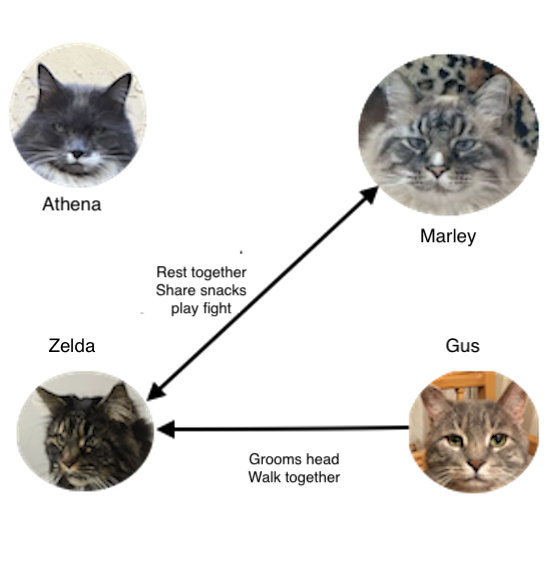
Social Groups of Cats
Within a cat colony, there are often smaller groups of 2 or more cats that prefer to spend time together. These cats will often:
- sleep together touching each other
- groom each other
- rub against each other
- “play fight”
These social groups are comfortable sharing resources: food, water, litter boxes, sleeping and resting places. (See Social Groups of Cats)
Most of the time, things go smoothly and different social groups will take turns using the resources. However, occasionally a cat or cats will “pick on” a particular cat. In a wild setting, this cat could move on, joining another colony or living a solitary life. These options are not available to the indoor cat.
Is your house-soiling cat being picked on by another cat? Does your other cat:
- stalk and track the house-soiling cat?
- stare directly at her?
- attack him? (do not mistake aggression for play: see Cats at Play)
- block her from using critical resources – litter boxes, food, sleeping places?
The house-soiling cat may feel safest on the owner’s bed and use the bed as a litter box.
What to do:
- Diagram the social groups in your multi-cat household using the criteria above.
- Note on the house map where different social groups hang out.
- Draw the paths cats have to follow to reach food, water and litter boxes.
- Which social group does your house-soiling cat belong to?
- Does he or she have an open path to reach the litter box? Can a “bully cat” hide behind furniture and ambush him or her?
Taking Action – Make the house-soiling cat feel confident and secure again
- Separate the different social groups. Make sure that each group has all their resources (food, water, litter boxes, cat trees).
- Set up a time-sharing scheme for different social groups to use the common areas while you are resolving the problem.
- Make sure that there are enough resources so that cats of different social groups do not have to share.
- Move furniture if necessary to eliminate ambush spots in the litter box areas and on the way to the litter boxes.
- Your vet may prescribe medication for the cats involved.
Taking Action: keep the “bully” cat busy and reduce boredom
- food puzzles
- regular play time
- outdoor access on a leash
Once your house-soiling cat is using his or her box again, you can consider gradually reintroducing him or her to the other cats (see Introducing Cats). If he or she is the victim of a “bully”, be sure to go slowly and supervise the interactions between the bully and victim. This may not be successful and cats may need to remain separated or be re-homed.
This is the final part of “when your cat thinks outside the box”. These three posts only scratch the surface of a complex behavior that can be due to medical, environmental or social issues or a combination of these. Your first resource should be your veterinarian. Do consider making a house map and, if you have a multi-cat household, a social diagram. These simple tools can provide you and your vet insight into why your cat thinks outside the box.

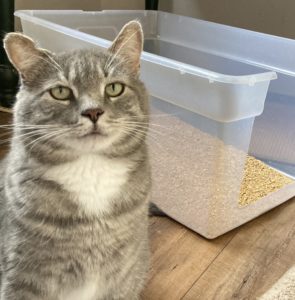 What can you do when your cat thinks outside the box?
What can you do when your cat thinks outside the box?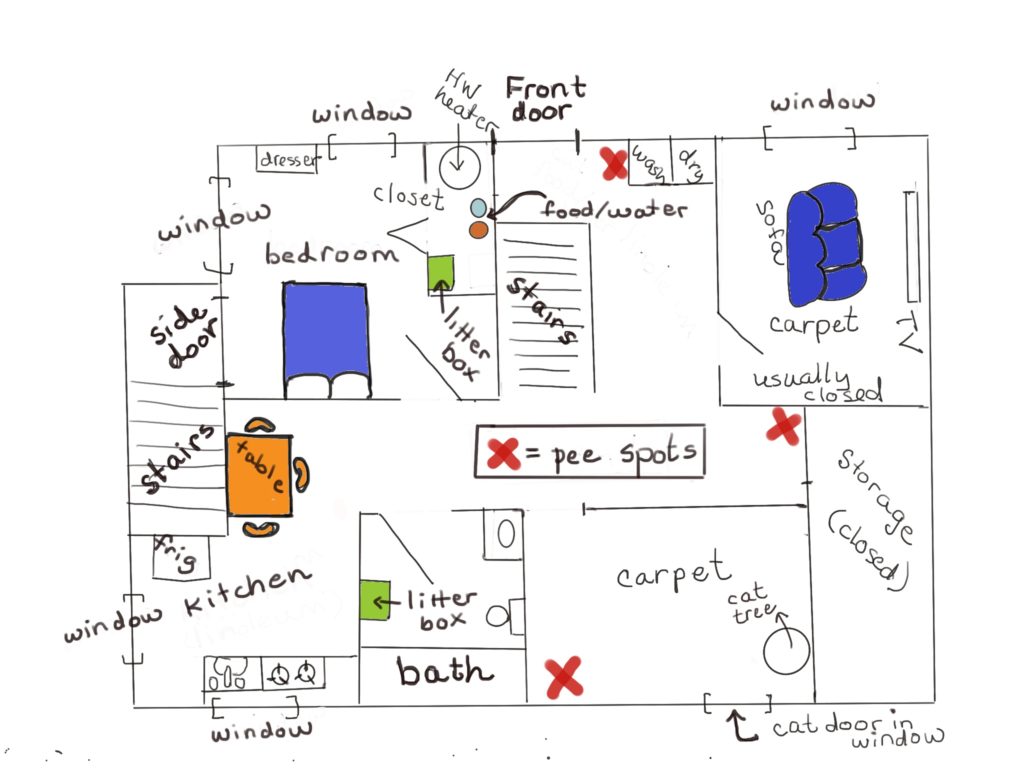
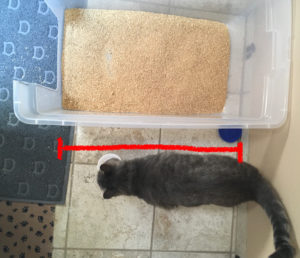
 A common complaint of cat owners is that their cat does not always use the litter box. This can be a nuisance – cat urine can have a strong odor particularly if the cat is not neutered or spayed. Soft stools can be a challenge to clean up. I am always surprised at how many people accept the “out of the box” incidents and use potty pads or towels to manage the mess. What can you do if this happens to you?
A common complaint of cat owners is that their cat does not always use the litter box. This can be a nuisance – cat urine can have a strong odor particularly if the cat is not neutered or spayed. Soft stools can be a challenge to clean up. I am always surprised at how many people accept the “out of the box” incidents and use potty pads or towels to manage the mess. What can you do if this happens to you?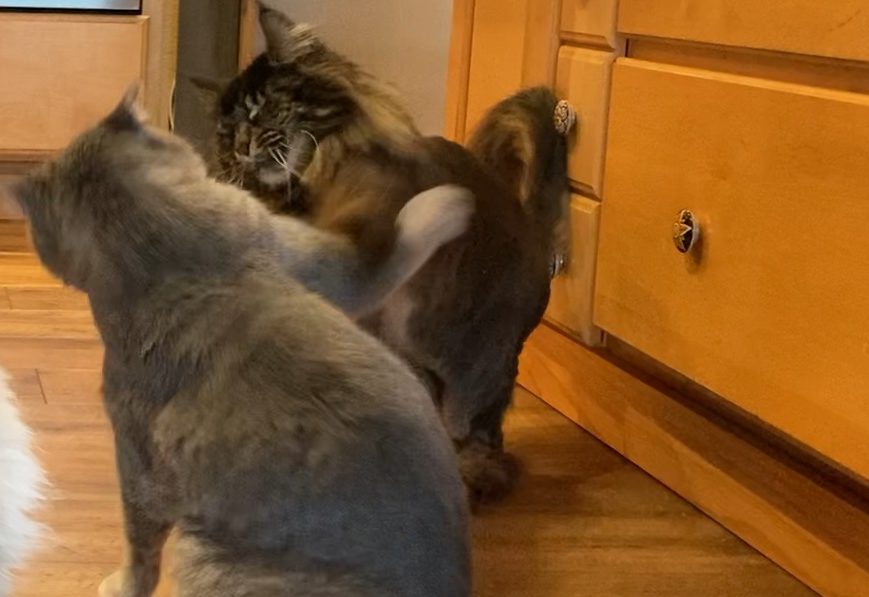


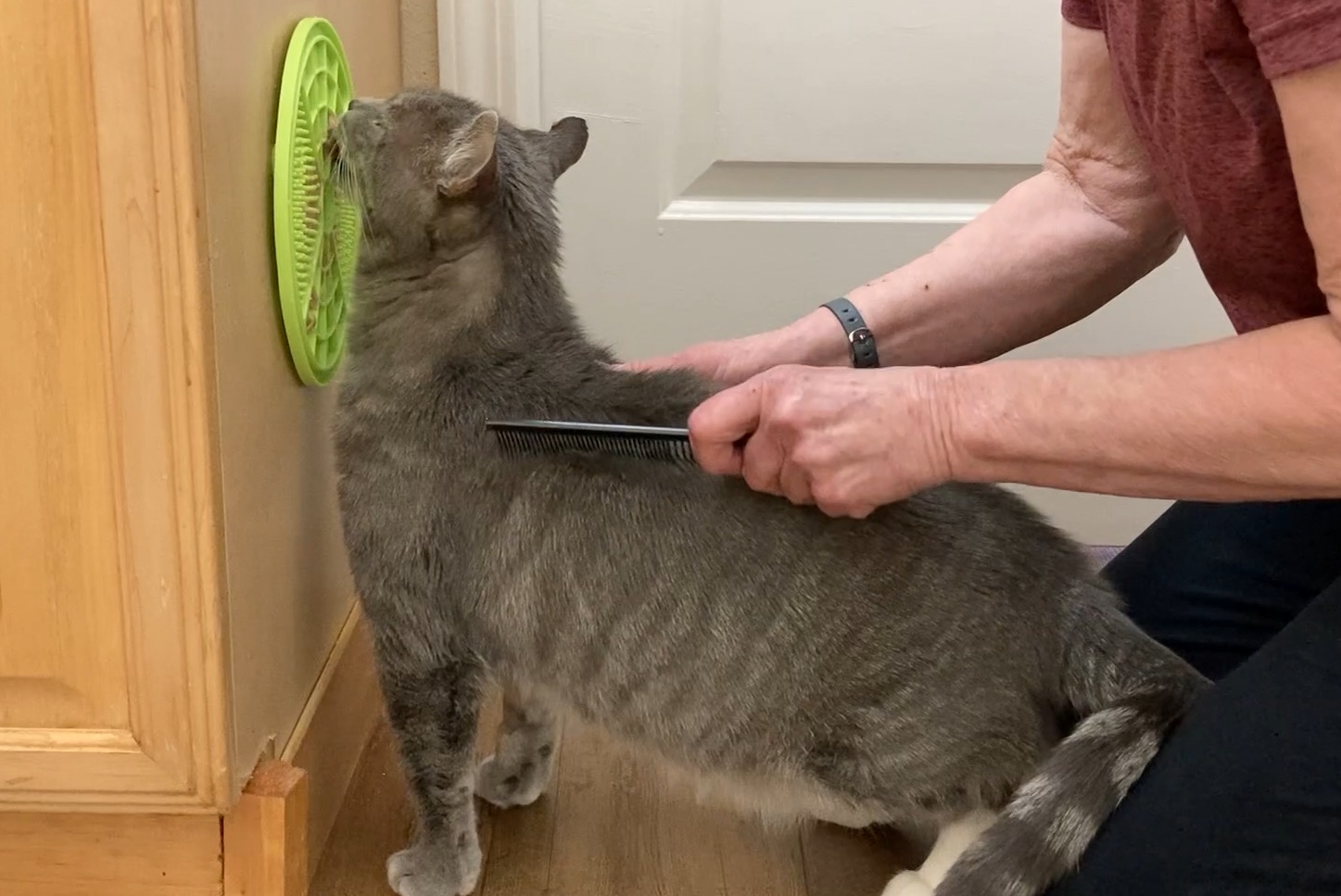
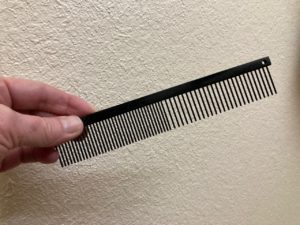

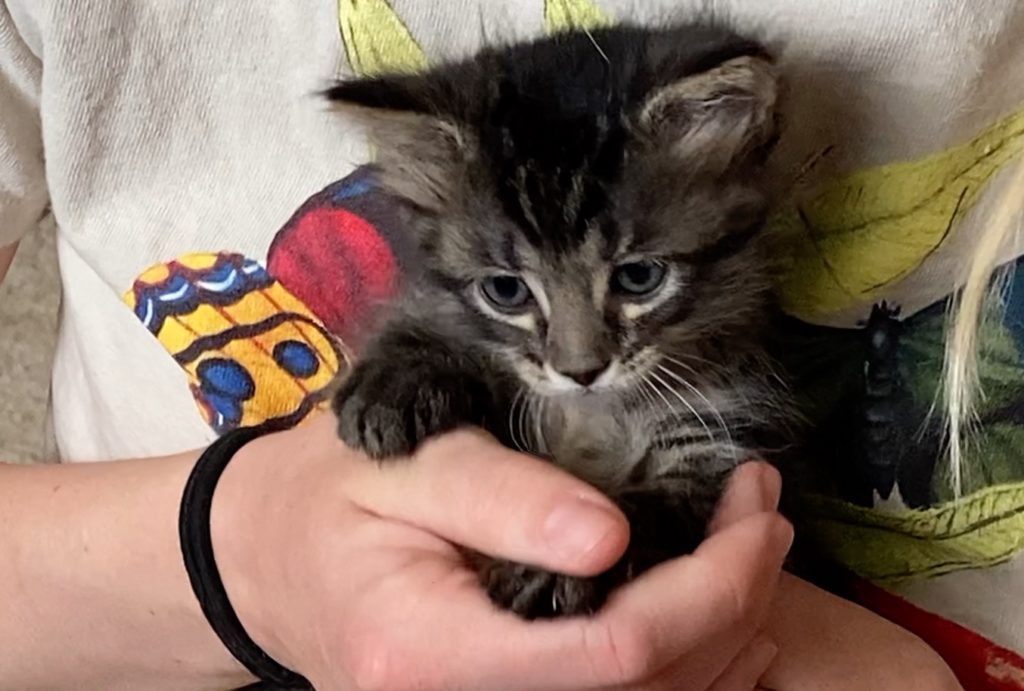
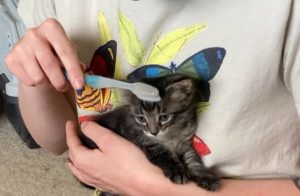
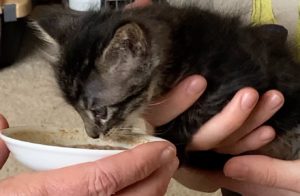 A human caregiver cannot replace a kitten’s mother – after all, we are not cats. For example, how does a human foster mimic the frustration accompanying weaning that encourages the kitten to get his own food? Kittens raised without their mothers and siblings are prone to behavioral issues – they don’t know how to deal with frustration; early separation from the mother may cause
A human caregiver cannot replace a kitten’s mother – after all, we are not cats. For example, how does a human foster mimic the frustration accompanying weaning that encourages the kitten to get his own food? Kittens raised without their mothers and siblings are prone to behavioral issues – they don’t know how to deal with frustration; early separation from the mother may cause 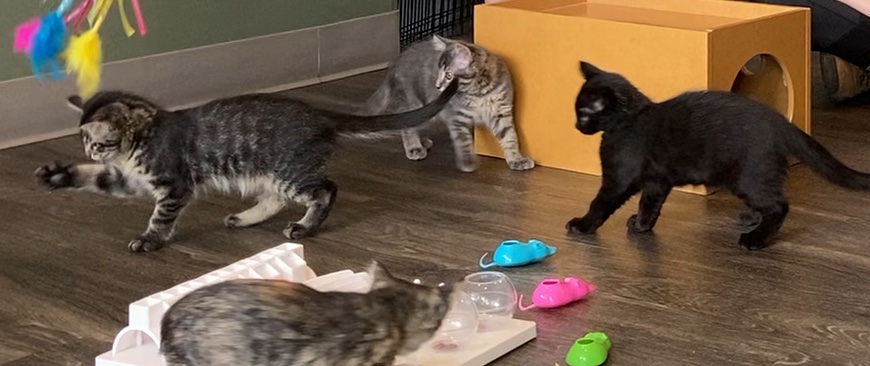
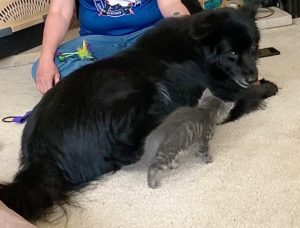
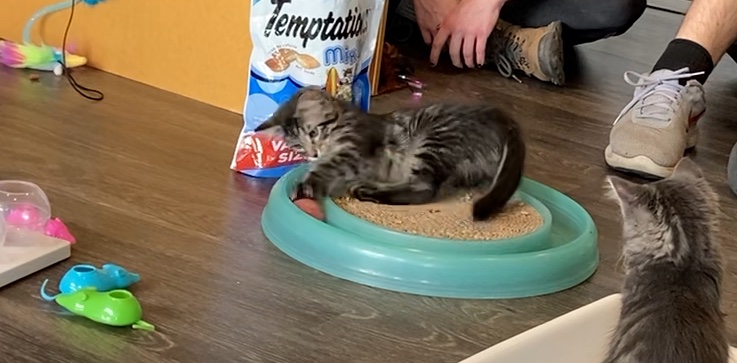
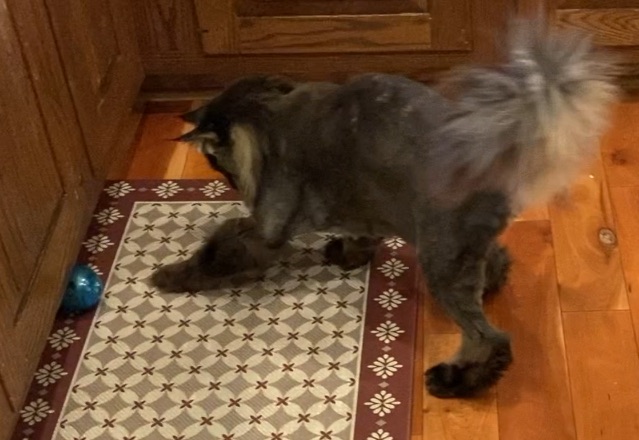
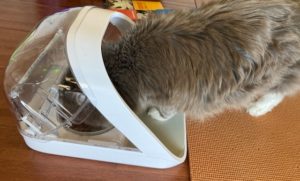
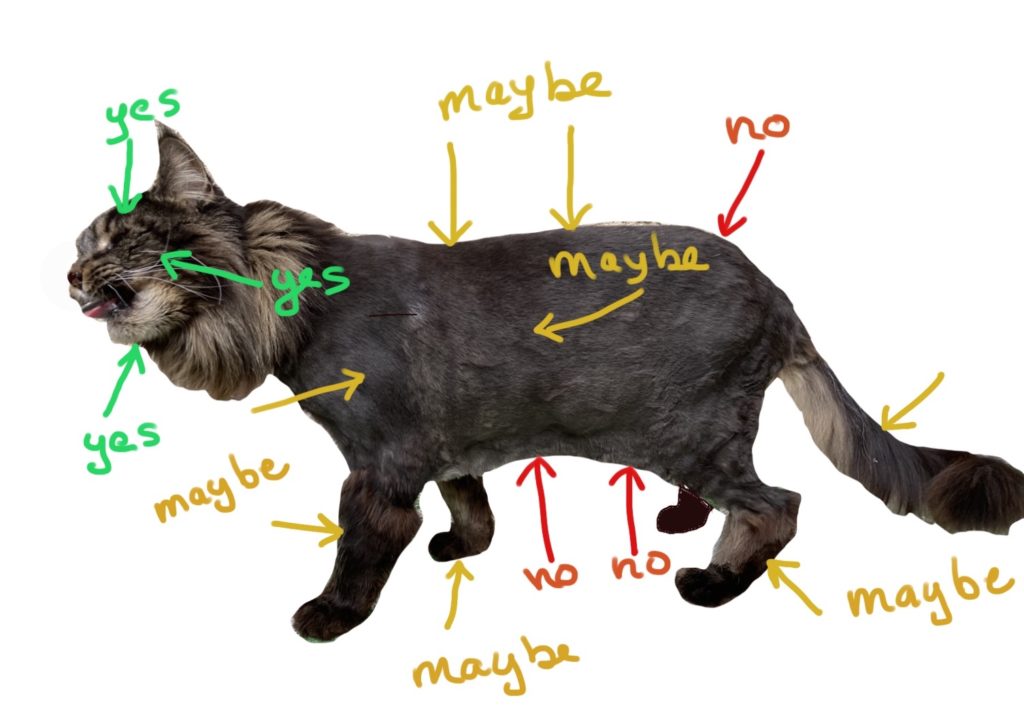


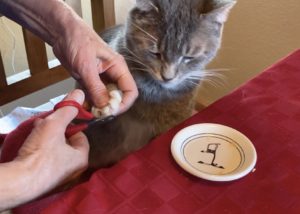

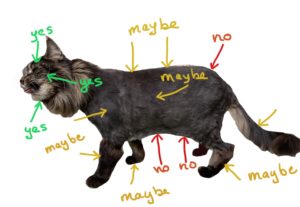 Follow the CAT guidelines when interacting with cats for a safer, more enjoyable encounter!
Follow the CAT guidelines when interacting with cats for a safer, more enjoyable encounter!